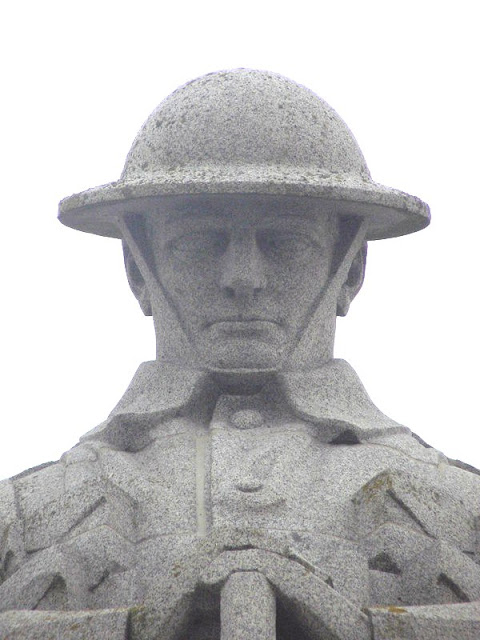This was my first experience blogging and I spent extra time proofreading every post because my credibility was on the line—people will be reading my blog and I strived to ensure my posts were grammatically correct and without spelling mistakes. My biggest challenge was inserting the images within the text. The editing features for the images are very limited and, many times, the images mysteriously moved around within the editor— I found this part frustrating and it inhibited my creativity.
While analyzing the images for the blog, I learned visual rhetoric is something that everyone is exposed everywhere they are, and it can be processed and understood in many different ways. There is deeper meaning to everything you read or see and it’s important to take the time to analyze each piece of information one at a time to create an effective analysis. Every day I walk through the UCC atrium and stop to observe students who are actively participating in promoting a cause or providing information on a controversial issue. I found this communication is important in gaining new perspectives about the visual rhetoric presented by the students and each time I came away from these valuable experiences with a new awareness of other students’ life experiences. Overall, it helped me to become a better writer by teaching me to look at everything closer and use that information to make my writing more interesting.
I eagerly looked forward to my Wednesday night classes because the topics always prompted interesting discussions from students who had amazing perspectives. The visuals presented by Dr. Green-Barteet provoked alot of thought and, from this wonderful experience, I was surprised at first when she presented this image and then intrigued with the painting titled "Benefits Supervisor Sleeping" by Lucian Freud (see Figure 1), which sold for 33 million U.S.
 |
After searching the internet, I learned the painting is large and life size (59 5/8 x 86¼ inches), and the model is Sue Tilley, a job centre manager, who modeled for Freud several times. Freud did not use photographs; he insisted the model be present at all times until he finished painting the canvas. By enlarging sections of the painting on the internet for a closer look, I saw Freud spent a long time painting the details on every inch of the canvas. Although the painting may not appeal visually to some people, I appreciate the time and effort to create it and now have concluded that this painting, in my mind, is art and not to be dismissed as a fat naked lady sleeping on an old couch.
What I've Learned and Taking Away from the Course:
Being part of a blogosphere was a little intimidating at first because a blog was not only published to the class community but to the greater community of anonymous bloggers who can freely comment on my posts. Althought it gave me an opportunity to freely publish my thoughts and develop my writing style, I wonder who read it. I was expecting a more social aspect to blogging and maybe it would if a blog were to discuss a controversial issue that would generate an emotional response from the community. I wasn't sure how a blogger would encourgage others in the community to participate. Blogging about visual rhetoric is interesting but it may need an image to give a blog more punch and it lends itself to a journalistic style of writing.
What I've Learned and Taking Away from the Course:
As a technical and professional writer,this course pushed me beyond my comfort zone in my writing. I can easily articulate a business problem and develop a proposal supported by numbers but it was challenging to develop a thesis statement and support an argument for an image with words. Writing about the rhetorical situation of an image was very unlike the policies and procedures I written in the past—it commanded a different style of writing. I learned, surprisingly, I could do it but it’s not easy and it’s hard work! I explored different ways to express myself and it took many revisions (and late nights) before I had a final version ready for submission. The peer reviews were helpful and many thanks to the students who took the time to review my work. Although I can make an argument about something, it must be supported to make a strong case—I can’t leave it hanging where people are asking “so what?”
And to Dr. Green-Barteet—thank you for expanding my knowledge and thinking with a variety of visuals and unique topics each lecture. As I walk through art galleries and museums with my artistic daughter, I can intelligently challenge her with an argument about art! I learned how to compose and support an argument, which are skills that I will use to write about issues that matter to me.
Other things I learned and experienced this term:
Other things I learned and experienced this term:
· MLA does not allow bulleted lists
· Turnitin.com—guilty until proven innocent!
· Art can be defined as anything in the eye of the beholder
· Fashion can be art, too!
· Always question what I see in a photograph
· A classroom shouldn’t be located across from the Grad Club
· MC Rm. 6 is one of the worst classrooms on campus









